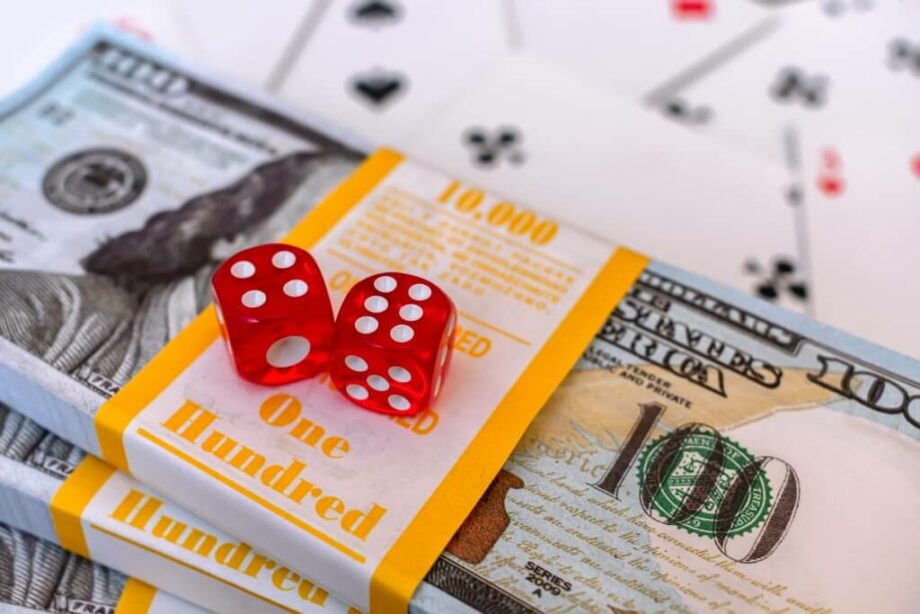Gambling has long been one of the most popular leisure activities among people all over the world. The exciting, intoxicating, and addictive nature of gambling has always piqued people’s interests, and as a result, people have been fascinated with gambling rules and rituals.
Gambling is an important part of people’s lives in every society and culture on the planet, whether it is viewed as a thrilling pastime or a moral failing, as something liked or despised. As a result, gambling has long been a source of inspiration for artists, and a large number of artworks depict the intense emotions felt during a high-stakes game.
Gambling has long been an inspiration for artists. In fact, there are paintings that date back to the early 15th century. Some of these works of art were painted by well-known masters of fine art and have been auctioned off for exorbitant sums of money in recent years.
Works of Art Influenced by Gambling
The connection between gambling and art is so strong that many large casinos now house significant galleries and collections.
Michelangelo Merisi da Caravaggio
The Cardsharps is widely regarded as one of the most important paintings in the history of gambling art. The Cardsharps is widely regarded as one of Caravaggio’s most important contributions to western art history. A couple of young men are depicted in the painting playing primero, which is thought to be the ancestor of poker.
The younger player on the right appears to be cheating the older player on the left by concealing additional cards behind his back. It would imply that a third person, an older figure, is the young con artist’s accomplice. Despite the fact that this artwork was created hundreds of years ago, it accurately depicts the theatrics and drama that can be seen during a high-stakes table game played today.
Georges de La Tour
This painting by Georges de La Tour, considered one of the finest works of 17th-century French painting, depicts the temptations and risks associated with drinking, ladyship, and card games. This scene is absolutely stunning, thanks to its vibrant colors, magnificent costumes, and gripping storyline. This painting, similar to Caravaggio’s, depicts a scene in which a cheat is hiding cards behind his back. The plot of this work is effectively conveyed by painting the individuals in such a way that they make covert hand movements and peer sideways at one another.
Jan Steen
This masterpiece by the Dutch painter Jan Steen was painted in the second half of the 17th century. This well-known piece of literature depicts an uncontrollable situation that shows how a simple card game can quickly escalate into a spectacular altercation. This is an excellent example of Steen’s ability to depict everyday life and ordinary people in his artwork, which is just one of his many talents. This disorganized piece of artwork offers a glimpse into a mundane setting with a dramatic twist.
Paul Cezanne
A French post-impressionist painter, created “The Card Players,” a series of five paintings. In addition to this series, Cezanne created a large number of sketches and studies. The five paintings are very similar. However, there are different numbers of players and the canvases are of varying sizes.
This series stands out among the many others that depict gambling settings because none of the paintings in it have an overarching dramatic storyline. It appears that the characters being portrayed are ordinary country folk going about their daily lives in a tavern. These gentlemen are quite quiet and silent as they concentrate, their attention fixed on their playing cards rather than each other. This raises the possibility that cards are their only means of communication outside of the workplace.
Edvard Munch
Although Edvard Munch is best known for his painting “The Scream,” the artist also created a number of pieces that were influenced by his trips to Monte Carlo casinos. These were painted while he was staying in Niece and were inspired by his memories of the place. They do an excellent job of capturing the tense and dramatic mood of the table game, as well as the game’s tense atmosphere. Munch’s use of color, in which he contrasts black and white and pits red against green, adds to the dramatic atmosphere of the casino as well as the action that takes place within.
The “Dogs Playing Poker”
This series of paintings is widely regarded as one of the most famous depictions of gambling ever created. For Brown & Bigelow, Coolidge was commissioned to paint this series of eleven paintings for the purpose of promoting Brown & Bigelow cigars. These paintings depict a variety of scenarios in which anthropomorphized dogs engage in activities such as cigar smoking, alcohol consumption, and poker play. Despite the fact that many people regard them as vulgar and tacky, they have been replicated numerous times, and reenactments of the most famous sequences have been shown on television, in movies, and in other forms of art.

